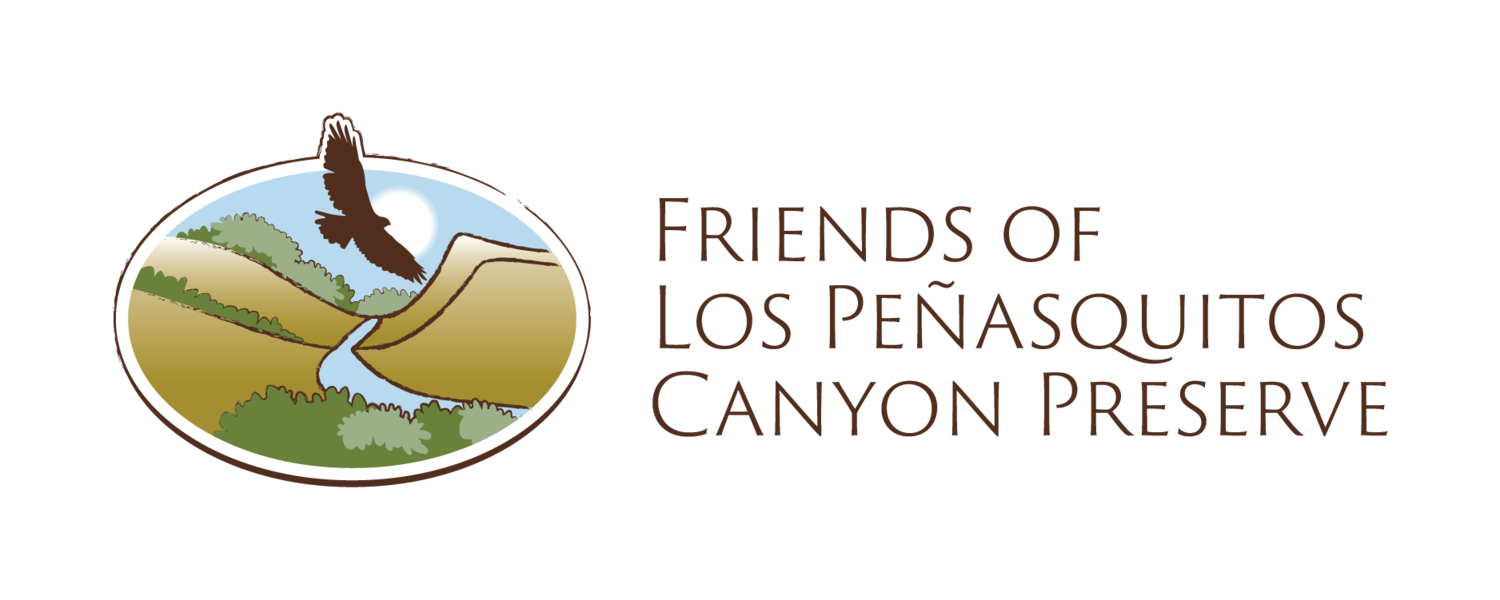Monarch Caterpillars at Our Restoration Site
Mike Kelly, Conservation Chair
For several years Monarch butterflies have flitted (flittered?) with our Milkweed plants. We didn’t have a lot. An early planting higher on our site on Doug Hill seemed to take, flourish, reproduce with seedlings, but they died out after a year. And no evidence of Monarch’s depositing eggs and later, caterpillars.
But we planted in other parts of our arc of sites in the top of the valley and several are doing well; perhaps a microsite difference in soils? They resprouted in year two and had many seedlings also doing well. This year, as in the past, Monarch’s have approached our plants. This year, unlike previous years, they landed and deposited their eggs. How do we know?
Look at the pictures of our caterpillars, big and small. One of our volunteers, Rhys Vaughn discovered and photographed the big one. Then, in consultation with team leaders, they moved it from the small Milkweed it would quickly devour to a really big one. Later, when they took me to this bush to see it, Del Brooks discovered and photographed the tiny caterpillar on the same bush. We have a nice patch of the narrow-leaf Milkweed (Asclepcias fascicularis) there, plenty to eat.
Our Monarch subspecies doesn’t take part in a long migration like the Eastern species that migrates from as far away as Canada all the way deep into Mexico where they overwinter. The Western populations migrate up and down the California coast. Both the Eastern and Western populations have declined greatly in the past decade, although the Eastern population regained some numbers this past year.
Why the declines? Lots of challenges confront the Monarchs. In their Mexican overwintering site illegal logging has destroyed a lot of their habitat. Up north much of their habitat has been developed with buildings or agricultural fields.
A change in agricultural practices has destroyed much of their Milkweed habitat along their journey routes. A lot of Milkweed and other plants used to co-exist with agricultural fields, often on the margins which weren’t plowed or sprayed. But the development of “Roundup ready” crops allowed the herbicide Roundup to be sprayed over the entire field, margin to margin, killing the Milkweed and other “weeds” but not their crop. And other pesticides directly kill them.
We will continue to plant and promote the spread of our Milkweed stands into not just patches, but fields of their habitat.
Sidenote on Monarchs vs. Tarantula hawks. I have observed two instances of aerial combat between Monarchs and Tarantula hawks (Pepsini sp.)! Tarantula hawks are parasitoid wasps. They’re well known for stinging and paralizying the larger Tarantulas. They drag them into a burrow and lay an egg on them so that their young have live food to eat when they hatch and develop! See the picture of this captured by Beth Mather and the photos of Tarantula hawks on Milkweed by Georgette Baker. I have personally seen this myself.






